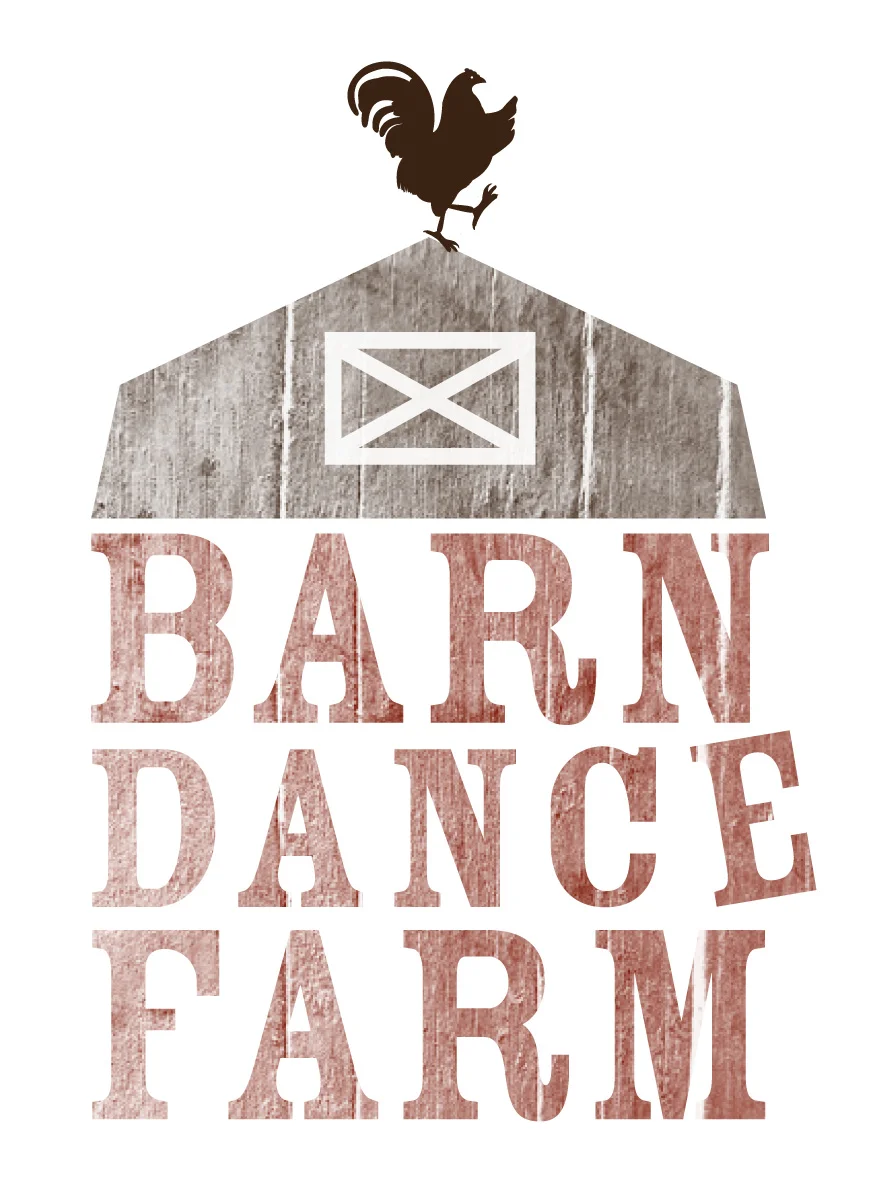Barn Dance Farm Warm-Season Grasses
Why do I keep talking about the pasture? Well, It will be one of the most important parts of our farm. Grass fed producers are sometimes called grass farmers because the most important crop is the grass and the animals are used to help manage the grass. I feel a native pasture and grasses are best for the land and ultimately for the animals that eat it.
The three main parts of our pasture will be warm season grasses, cool season grasses, and forbes. Below are a few of the warm season grasses that I am looking to incorporate into our pasture.
Big Bluestem (Andropogon gerardii), Turkey feet
It is a tall, sod forming perennial warm season grass that is often the dominate species of midwestern tall grass prairies. It develops from early June to late summer and typically grows 4 to 6 feet tall. It has a root system that can extend into the soil 6 to 10 feet. This allows it to thrive in droughts.
Indian grass (Sorghastrum nutans)
This is a rhizomatous, perennial warm season bunchgrass. It grows 3 to 7 feet tall and the leaf blades grow up to 3 feet long.
Little bluestem (Andropogon scoparius) Beard grass
This is a perennial warm season bunchgrass. It will grow about 2 to 3 feet tall and the bunches will be about a foot in diameter. It gets a beautiful reddish-tan in the fall that will last through the winter.
SIde oats grama (Bouteloua curtipendula)
This is a perennial sod forming warm season grass. It is a shorter grass that is drought and cold tolerant. It is also the state grass of Texas.
Switchgrass (Panicum virgatum)
This is also a perennial warm season bunchgrass. It is one of the dominant species of the midwestern tall grass prairie. It is usually not quite as tall as the big bluestem.
I, along with external resources like the NRCS and various seed companies, will determine the best ratio of these and other grasses and forbes for seeding. I am planning on a late spring or early summer planting and will need to finalize the seeding plan well before that.





